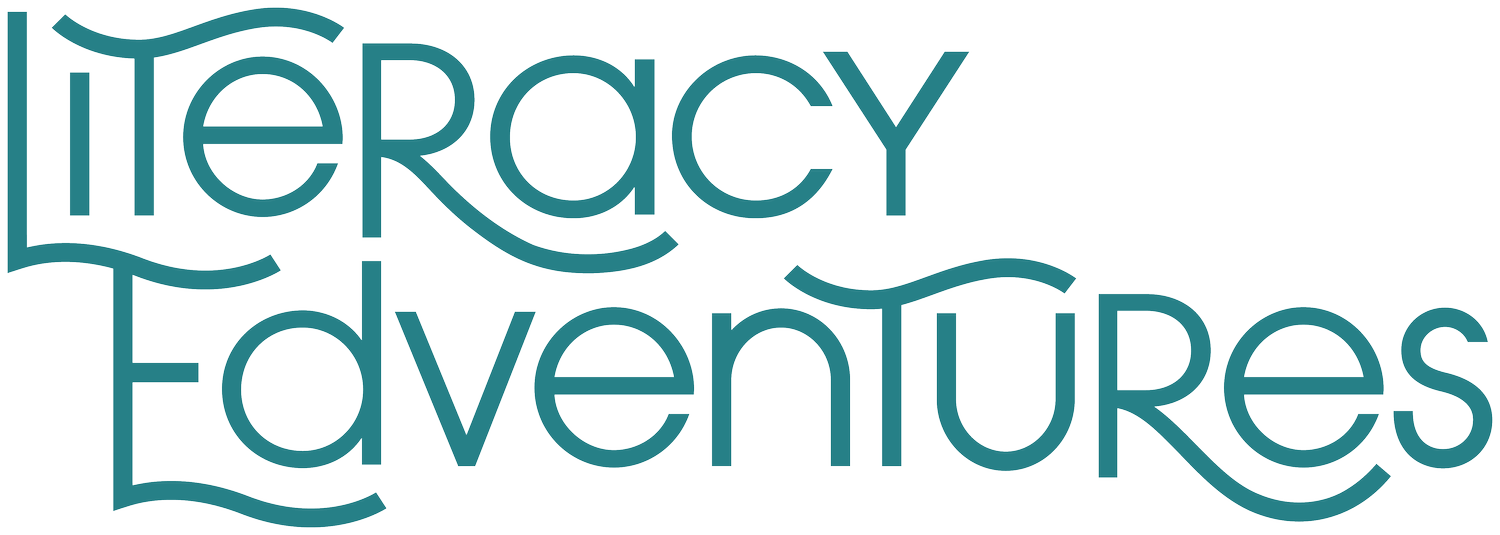Conducting a Vowel Intensive
Vowel Intensive: A Bit of Background
A couple of years ago, I was trained in Orton Gillingham. During my study, I was introduced to a concept called the three-part drill. It was simple enough: you would review sounds that were previously taught which would act as a reading and spelling review. You would do this in three parts: visual, auditory, and blending. It’s effective, but I learned that once you finish the three-part drill if you have students who still need support learning their vowels, you should do what’s called a vowel intensive.
What Is a Vowel Intensive?
Before we get into what a vowel intensive is, we need to go over short vowels. Did you know that closed syllables makeup 43% of all syllable types in our language? That’s a lot! It’s so vital that students know them. Closed syllables are syllables that have one vowel followed by one consonant, therefore making the vowel say its short sound. Here are some examples: can-dle, nap-kin, muf-fin. Do you see how the a in candle, the a and i in napkin, and the u and i in muffin all say their short sounds? This is because there’s a consonant after them, therefore making them “closed.”
Short vowels can be tricky for some students, especially those with dyslexia. These students need repeated instruction and rules in order to read words. Knowing this, it is our job as teachers to ensure that students are solid in their short vowel sound knowledge. This will also make them faster and better decoders - and therefore, fluent readers. Ideally, we’d love for students to identify short vowels just like they quickly identify sight words like second nature.
Okay, onto the vowel intensive. A vowel intensive is a quick and easy drill that helps students focus on the vowel sounds they hear in a given word. It not only helps students become fluent in their vowel sounds but also helps us as teachers understand which students are struggling with them. The ultimate goal? For our students to have automaticity in their knowledge of vowel sounds. When this happens, decoding becomes more of a piece of cake rather than a hardship. And as we all know as good reading teachers, those who can decode well can read well!
Prepping for a Vowel Intensive
So what does prepping for a vowel-intensive lesson actually look like? There are actually a variety of ways this can be done. If you know me, you know that I love anything that’s engaging and hands-on. For me, this is always key. Student buy-in is so important when you’re doing an activity. As we know, students learn quicker if they’re having fun and will associate the practice with positive memories. Here are some ways to conduct an engaging, fun, and effective vowel intensive:
Vowel Tents
Grab 5 different colors of index cards or cardstock.
Fold the index cards (or portion of cardstock) in half.
On each side of the card, write the same vowel (a on both sides, e on both sides, etc.).
The teacher reads either a sound or syllable from the Teacher Cue Card.
Students hold up the tent according to the short vowel sound they hear.
Vowel Strips
Print off the vowel strips in the activity provided.
If you’ve chosen to make your own pictures for the vowel strip, please choose carefully. Some picture cues do not truly give students the correct sound of the vowel.
The teacher reads either a sound or syllable from the Teacher Cue Card.
Students use clothespins to mark the vowel they hear.
Vowel Sticks
Print off the vowel cards provided on different colored paper.
Cut each of them out and glue them onto popsicle sticks.
The teacher reads either a sound or syllable from the Teacher Cue Card.
Students hold up the vowel sticks according to the short vowel sound they hear.
How to Conduct a Vowel Intensive
There are three levels to a vowel intensive - vowel sound, VC syllable, and CVC syllable. Depending on where your students are, you may choose to conduct only one level or all of them. Whatever you may choose, I’m here to remind you that lessons should be concise, explicit, and consistent. It’s under these circumstances that children learn best, and we should always be striving for our lessons to be all three of these things!
Vowel Sound
Teacher: “Eyes on me. The sound is /a/.”
Student: “/a/.” He or she chooses the correct sound by clipping the sound or holding up the correct vowel tent/stick.
VC Syllable
Teacher: “Eyes on me. The syllable is /ab/.”
Student: “/ab/…/a/.” While students are repeating the sound, they must listen and isolate the vowel sound within the syllable. Once they recognize the sound, they clip or hold up the correct vowel tent/stick.
CVC Syllable
Teacher: “Eyes on me. The syllable is /zab/.”
Student: “/zab/…/a/.” He or she chooses the correct sound by clipping the sound or holding up the correct vowel tent/stick.
Daily practice of these sounds, VC syllable, and CVC syllable skills will ensure that students have a solid understanding of short vowels. This step may not be necessary every single day, but incorporating these practices at least twice a week will give students vowel reinforcement. It only takes a few days for students to get into a routine. And before you know it, it will become second nature and students will recognize these short vowel sounds without hesitation!
Want to see it in action? Check out the video below!
Want to make your own vowel intensive? Snag this freebie!
If you are ready for Halloween like we are, grab these themed vowel-intensive templates for free too!







